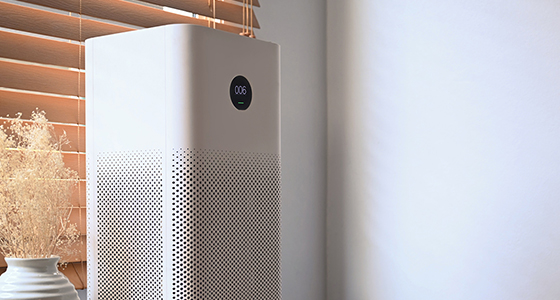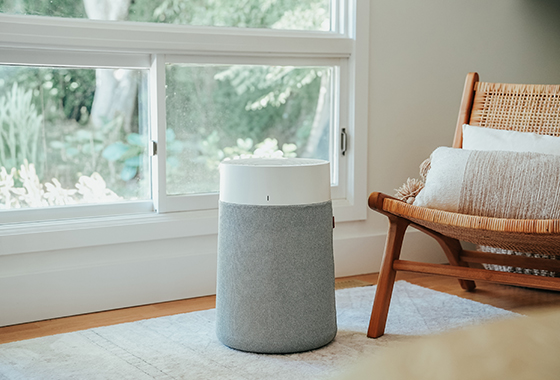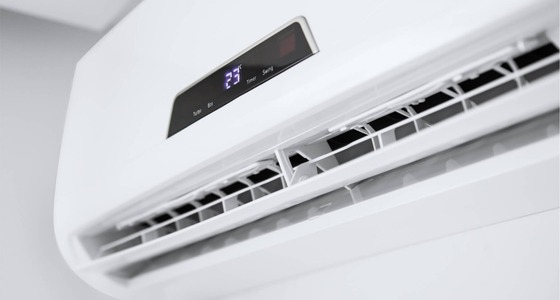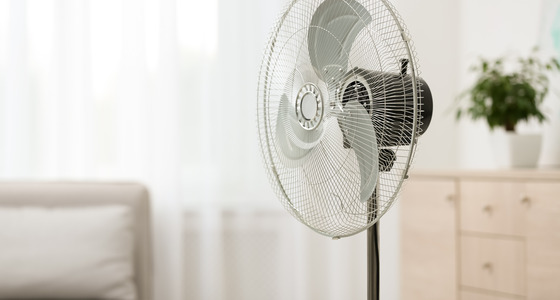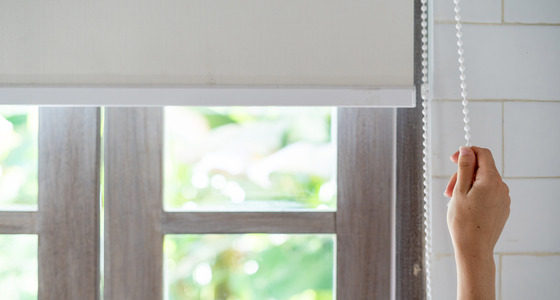Air purifier tips and technologies
Energy efficient air purifiers are a smart way to keep the air in your home clean and healthy.
Also known as "room air cleaners", these electric appliances are designed to remove allergens and fine particles, like smoke, pollen, and even gases, from the air so you can breathe easy. This is especially important when outdoor air quality is poor, such as during B.C.'s wildfire season.
You can find a variety of portable and energy-efficient models on the market, making air purifiers a convenient solution for most homes.
On this page:
- How air purifiers work
- How to choose the right air purifier
- Get the most from your air purifier
- Shop for a new air purifier
How air purifiers work
Air purifiers use internal filters to remove tiny particulate matter (PM<=2.5) particles and gases from the air that passes through them, in a single room or area.
These unwanted particles or gases can come from outside — think pollen and smoke — or from inside, from cooking, cleaning, building materials, lifestyle products, and home furnishings. Many air purifiers come with two filters, one for particles and another for gases.
Not all air purifiers are created equal. Different devices have different Clean Air Delivery Rates (CADRs) which tell you how quickly a unit delivers filtered air, and which type of matter it filters. The higher the CADR, the faster the air purifier filters the air and the larger area it can serve.
People buy room air purifiers for many reasons, the top three being for a cleaner indoor environment, to address health concerns, and to alleviate allergies.
How to choose the right air purifier
- Choose an ENERGY STAR®-rated air purifier. ENERGY STAR models provide a high Clean Air Delivery Rate per watt of energy used. They're over 25% more energy-efficient than standard models, which would save 120 kWh a year on electricity bills. That's about $14 annually or $140 over 10 years.
- Determine the size of the room you're trying to clean and compare this to the maximum recommended room size on the product packaging. To calculate your room size in square feet, multiply the length and width of the area.
- Keep in mind, the CADR rating system is for particles only (not gases). To filter gases, you'll need a device that has an activated carbon filter or other type of absorbent filter designed to remove certain types of gases.
- Look for the Clean Air Delivery Rate (CADR) on product packaging. This will tell you how quickly the device filters the air and which type of pollutant the device is designed to tackle: tobacco smoke, dust, or pollen. When shopping, look for a CADR that's at least two thirds the square footage of the room or area you plan to purify. Use the table below to guide you.
| Portable air cleaner sizing for particle removal (for estimation purposes only, 8 ft. ceiling) | ||||||
|---|---|---|---|---|---|---|
| Room area (square feet) | 100 | 200 | 300 | 400 | 500 | 600 |
| Minimum CADR (cfm) | 65 | 130 | 195 | 260 | 325 | 390 |
Tips for using your air purifier
1. Pick the right spot
You'll likely want to place your air purifier in the room(s) you spend the most time in. Many room air purifiers are designed to sit on the floor, but tabletop and wall-mounted models are also available. Wherever you put your device, make sure the airflow isn't obstructed.
2. Clean those filters
You'll want to keep an eye on your filters – they’ll need regular replacement and cleaning. If a filter is dirty and overloaded, it won’t work well and may reduce the performance and efficiency of the unit. Some filters can be cleaned at home, but others will need to be replaced eventually. Before you buy, understand how often the filter(s) should be replaced or cleaned and the costs of replacement (if required). Many air purifiers come with a feature that tells you when the filter should be cleaned or replaced.
3. Consider multiple devices
If you live in a large home with many rooms, you might want to buy multiple air purifiers. In B.C., about 15% of BC Hydro customers have at least one air purifier in their home and use their air purifier(s) for about 10 hours a day.
4. Close windows and doors
To keep indoor air as clean as possible, keep new air from coming in by closing doors and windows when your device is in use.
5. Reduce indoor air pollution
When you're running your air purifier, it's best not to add to indoor air pollution by lighting a candle, burning incense or using a wood stove. You should also avoid wood stoves and using products with high amounts of volatile organic compounds.
6. Put it on the highest setting
Get the most out of your air purifier by turning it onto the highest setting. The lower setting won't filter the air as effectively.
